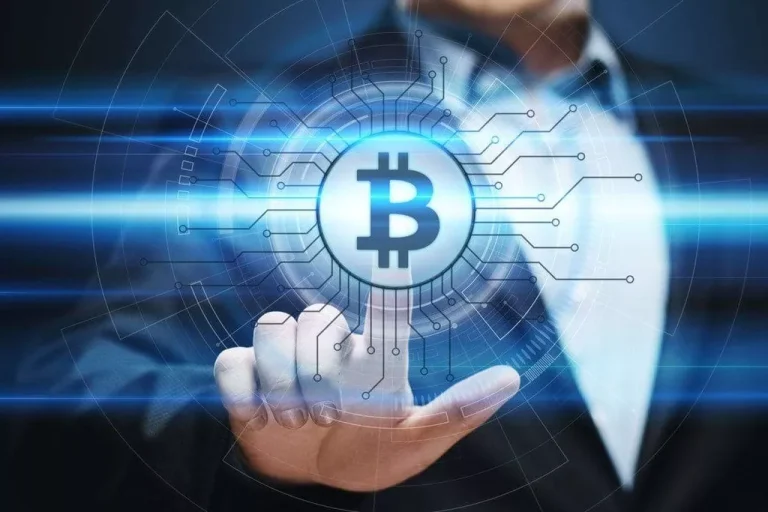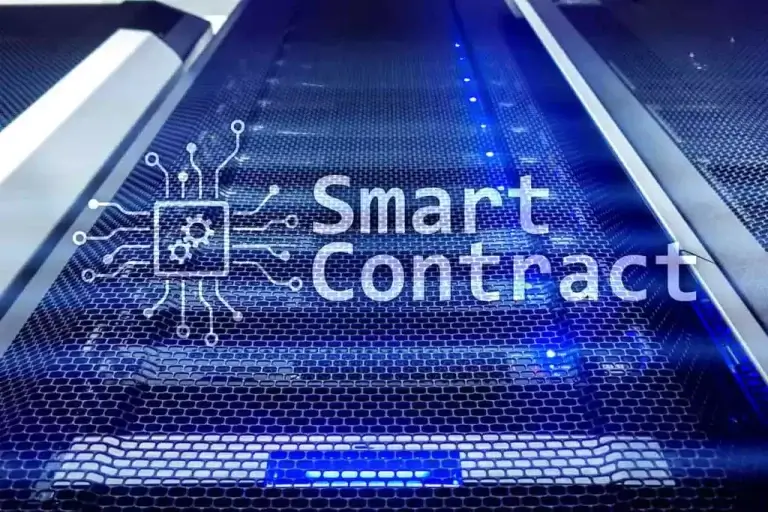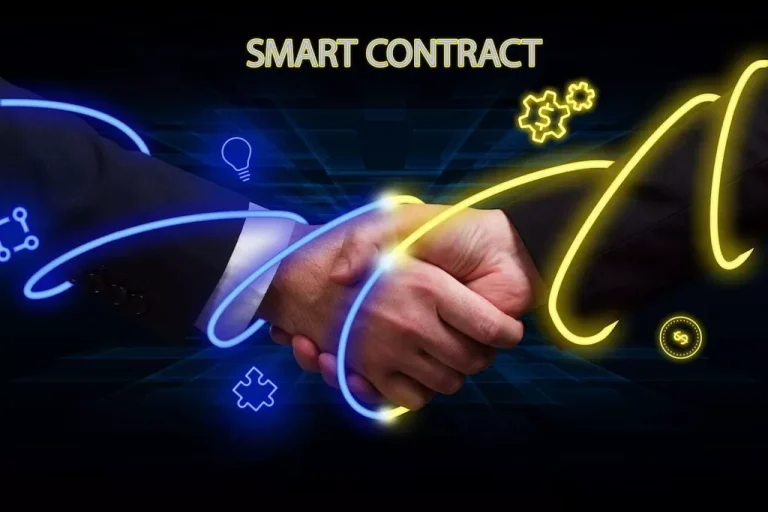Without getting too technical, at its core, PoW works by requiring a significant Ethereum Proof of Stake Model quantity of computational energy to be expended so as to solve a mathematical puzzle. This puzzle is designed to be troublesome to unravel, however simple to verify as quickly as an answer has been found. This computing expense is meant to make fraud prices greater than possible rewards for dishonest actions, thus, securing the community. This is when anyone transfers funds to someone else, but before the transaction is confirmed, they handle to spend the funds again. Beneath normal circumstances, such an try could be prevented when all the other miners on the community see it.
- In this information, we’ll break down PoW vs. PoS in simple terms, explaining how each methodology ensures blockchain security while addressing the professionals and cons and options of each.
- Whereas they vary in essential ways, proof of stake and proof of work are designed to guarantee customers that funds will go through as expected.
- The proof of stake consensus mechanism selects validators at random, but those validators with essentially the most money that has been staked the longest enhance their possibilities of creating the next block.
In contrast, a miner in a proof-of-work system must buy mining equipment and maintain it operating indefinitely, incurring vitality costs that may fluctuate. This allows more people to participate who otherwise would not have the power to. If they did control more than half of the network, the unhealthy actor could broadcast a nasty block to the community and have their nodes accept the block to the chain.
Proof of labor and proof of stake are the two most popular ways of processing cryptocurrency transactions. Whereas they differ in essential ways, proof of stake and proof of work are designed to guarantee customers that funds will undergo as expected. As A Result Of proof-of-stake validators don’t necessarily require costly hardware or tons of vitality to run, attackers solely incur the upfront cost of buying tokens quite than ongoing energy prices.
Get Expert-selected Crypto Trends & Updates Sent On To Your Inbox Click On To Subscribe Now

For each group of transactions, the blockchain assigns a posh puzzle that may only be solved with brute computing power. One way to suppose of this puzzle is like a random locker combination with 1 million numbers. Because the flexibility to submit blocks is based on cryptocurrency holdings, not computing power, it does not Stockbroker require such intensive vitality to function. Proof of work was the first broadly used blockchain consensus mechanism (a time period describing how users of a decentralized crypto community agree about who owns what). Proof-of-stake is a software to safe a blockchain and help it keep accurate data. It makes use of an algorithm that chooses who can add the following block of transactions to the chain primarily based on what number of tokens are held.

Each, in numerous methods, assist guarantee customers are honest with transactions, by way of incentivizing good actors and making it extraordinarily troublesome and costly for bad actors. For mining to endure, it should underpin a bustling economy, not just a digital vault. Think About Bitcoin powering everyday purchases, groceries, fuel, and subscriptions, driving hundreds of thousands of transactions daily.
Understanding Proof Of Work

Every system has its strengths and weaknesses, and which one you think is better ultimately is determined by your perspective. In the end, it isn’t an either/or choice and each consensus mechanisms might be a part of cryptocurrency for the lengthy term. Imagine a large world race the place hundreds of people are competing to unravel the world’s hardest puzzles. The first particular person to complete it will get to add their answer to the ledger (the blockchain) and earns a reward. This prevents anybody from dishonest as a result of it takes real effort and assets to win. The chosen staker earns rewards—fees, essentially—that are normally paid within the form of extra crypto cash.
Proof of stake and proof of work every have their place within the crypto world. And though folks have been arguing about their relative deserves for years, there isn’t any clear consensus on which is best. Bitmain’s top-of-the-line ASIC miner, the S19J, can do 88 terahashes per second. By that measure, it would take roughly 1.2 million of those chips to make up just half of Bitcoin’s network. The present price of this ASIC is $10,390 per unit, that means turnkey forex solutions in India it will cost roughly $12.5 billion to buy sufficient miners to make up half of Bitcoin’s network, only to then pay monumental fees to run the machines.
In The Meantime, there are dangers in concentrated power for proof-of-work cryptocurrencies. For example, if any particular person or group can control greater than 50% of a blockchain’s mining power, they can conceivably rewrite its data or render it useless (this is called a 51% attack). Proof-of-stake validators only need to spend cash once to take part — they must purchase tokens to win blocks within the proof-of-stake model.
Neither system makes it extra doubtless a coin will increase in worth or drop to zero. In an identical vein, underneath proof of labor methods like Bitcoin, proudly owning the coins does not give the holder more power. In proof of stake, nonetheless, the more cash you personal, the greater your voting energy.
The first miner to unravel the puzzle gets the proper to add a model new block of transactions to the blockchain. As a reward, they obtain newly created cryptocurrency tokens and transaction charges. A validator is the proof-of-stake equivalent of a miner in proof-of-work. Validators are nodes in a blockchain network that “stake” or pledge their tokens to the network.
Proof Of Labor: How Are Transactions Verified?
A bitcoin miner is a computer that participates in the competitors to unravel puzzles in proof-of-work blockchains. They use massive quantities of power in this course of and are rewarded with bitcoin when they beat everybody else in fixing the puzzle. It is known as mining as a outcome of the power and resources required are sometimes thought of the digital equal to the real-world strategy of mining valuable metals from the earth. For occasion, PoW relies on miners solving complicated mathematical problems to earn block rewards, whereas PoS techniques select validators primarily based on their stake in the network.

